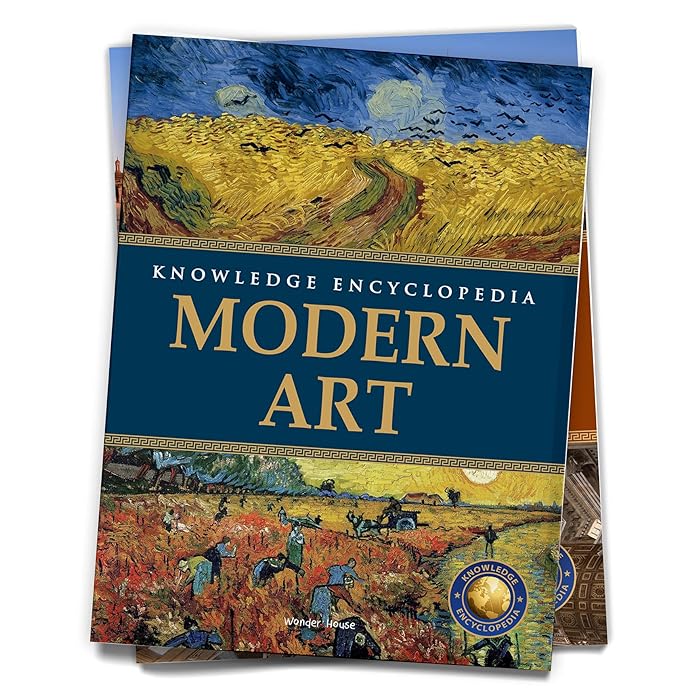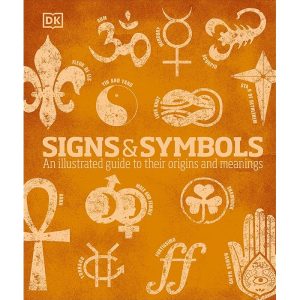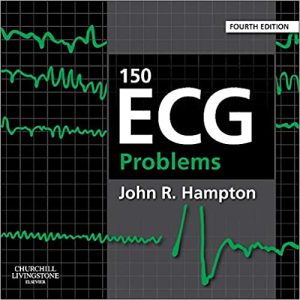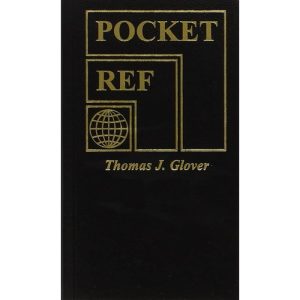Description
Modern art refers to artistic works produced roughly from the late 19th century to the mid-20th century. It marks a break from traditional forms of art, exploring new styles, techniques, and perspectives. Modern artists sought to express the changing realities of the modern world through abstraction, experimentation, and a departure from classical representation. Here’s an overview of key movements and concepts in modern art and architecture:
### **Key Movements in Modern Art:**
1. **Impressionism (1860s–1890s)**:
– **Key Artists**: Claude Monet, Edgar Degas, Pierre-Auguste Renoir.
– **Characteristics**: Focused on capturing light, color, and momentary effects of nature. The brushwork is loose, and details are less important than the overall atmosphere.
– **Impact**: Introduced a new approach to painting, where artists were more concerned with how light and color interact than with representing subjects in precise detail.
2. **Cubism (1907–1917)**:
– **Key Artists**: Pablo Picasso, Georges Braque.
– **Characteristics**: Abstraction through the fragmentation of objects into geometric shapes, often viewed from multiple angles simultaneously.
– **Impact**: Challenged conventional perspectives and forms, influencing later movements like Futurism and Abstract Expressionism.
3. **Fauvism (1905–1908)**:
– **Key Artists**: Henri Matisse, André Derain.
– **Characteristics**: Bold, vibrant color choices and a focus on emotional expression rather than realistic representation.
– **Impact**: Fauvism paved the way for other expressive forms of abstraction and is considered the first avant-garde movement of the 20th century.
4. **Surrealism (1920s–1930s)**:
– **Key Artists**: Salvador Dalí, René Magritte, Max Ernst.
– **Characteristics**: Exploration of the unconscious mind, dreams, and bizarre, dreamlike imagery. Often employed illogical scenes, distorted reality, and automatism.
– **Impact**: Surrealism pushed boundaries of what art could express, heavily influencing photography, literature, and film.
5. **Abstract Expressionism (1940s–1950s)**:
– **Key Artists**: Jackson Pollock, Mark Rothko, Willem de Kooning.
– **Characteristics**: Focused on spontaneous, automatic, or subconscious creation. Works were often large in scale and emphasized emotional intensity.
– **Impact**: Became a leading art movement in post-war America and helped establish New York as the center of the art world.
6. **Minimalism (1960s–1970s)**:
– **Key Artists**: Donald Judd, Frank Stella, Dan Flavin.
– **Characteristics**: A reaction against Abstract Expressionism, it focused on simplicity, geometric forms, and the use of industrial materials. There was an emphasis on the physical space of the artwork.
– **Impact**: Minimalism influenced architecture, design, and even music, stripping away excessive decoration to emphasize the essence of the subject.
7. **Pop Art (1950s–1960s)**:
– **Key Artists**: Andy Warhol, Roy Lichtenstein, Claes Oldenburg.
– **Characteristics**: Incorporation of commercial and popular culture imagery, such as advertisements, celebrities, and consumer goods. Often used techniques like mass production and bold, bright colors.
– **Impact**: Blur the boundaries between high art and low culture, challenging traditional notions of what could be considered art.
—
### **Modern Architecture:**
Modern architecture emerged alongside modern art, characterized by new technologies, materials, and an embrace of functional, minimalist design. Key concepts include the use of steel, concrete, and glass, and a break from decorative styles that had dominated architecture for centuries.
1. **International Style (1920s–1930s)**:
– **Key Architects**: Le Corbusier, Walter Gropius, Ludwig Mies van der Rohe.
– **Characteristics**: Focused on clean lines, flat roofs, open floor plans, and the use of modern materials like steel and glass. Buildings were often devoid of ornamentation, with an emphasis on form following function.
– **Impact**: Became the dominant style for corporate buildings and urban planning in the mid-20th century, influencing skyscraper design worldwide.
2. **Bauhaus (1919–1933)**:
– **Key Architects**: Walter Gropius, Ludwig Mies van der Rohe, Marcel Breuer.
– **Characteristics**: The Bauhaus school combined art, craft, and technology, seeking to unify design across disciplines. The movement emphasized functional design with an artistic sensibility, rejecting ornamental excess.
– **Impact**: Influenced modern furniture, industrial design, and architecture. The principles of Bauhaus remain integral to design education and the modern aesthetic.
3. **Brutalism (1950s–1970s)**:
– **Key Architects**: Le Corbusier, Alison and Peter Smithson.
– **Characteristics**: Characterized by raw concrete, bold geometric shapes, and a focus on the honesty of materials. The style was often seen in social housing and public buildings.
– **Impact**: While controversial due to its austere appearance, Brutalism has had a lasting influence on public architecture and design.
4. **Deconstructivism (1980s–present)**:
– **Key Architects**: Frank Gehry, Zaha Hadid, Daniel Libeskind.
– **Characteristics**: A style that embraces fragmentation, non-linear forms, and an absence of harmony. Buildings appear disordered, yet purposeful in their complexity.
– **Impact**: Deconstructivism challenges traditional architectural forms, and its chaotic, angular aesthetic is often associated with cutting-edge, avant-garde architecture.















Reviews
There are no reviews yet.